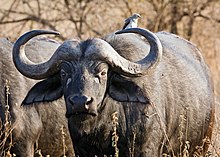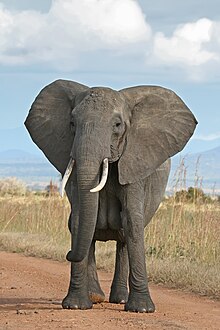Here is great news for folks that have rifles for dangerous game or really big game rifles like my .375 Ruger. Now there is a reduced load powder is available from Accurate Powder called 5744 and it has been used in the .375 Ruger with excellent success. See this site for load data.. http://www.chuckhawks.com/reduced_big_bore_loads.htm

I had to wildcat my way starting very low with lots of research. Here you can use published data. I just love my finished low power loads in particular because they are very accurate and easy to shoot for deer and black bear size game. I have not tested 5744 powder but will purchase some and write about it in a future article. My reduced loads with two different powders that are 350 fps apart from one another are only 2.5 inches apart at 100 yards. I have stated in other articles, I have killed a 700 lb Bison and a New Hampshire bull Moose with my .375 Ruger in the Ruger African M77 with full power loads. The Bison fell “dead as a door-nail” with one shot that fully exited, taking out heart, lungs and the far shoulder. But full power is not needed for deer, accordingly, I began using reduced charges borrowing starting loads from the .375 H & H and .375 Dakota in several handloading books, again starting with very low charge weights of SR 4759 and working up. I have had no issues at all with my load work-ups grain by grain. Energies are excellent in my finished low power loads and are in the 1700 ft-lb range at 100 yards. When the 235 grain heads are loaded with other powders upwards of 2400 to 2500 fps accuracy at 100 yards for either powder given the 300-400 fps differences are within 2.5 inches of each other at 100 yards. Wow! Such versatility! Plenty for deer and bear at those ranges with Speer’s 235 grain .375 in semi-spitzer which will quickly mushroom and exit with much of its weight intact.
There is a company that makes reduced intermediate load cartridges for the .375 Ruger it is known as Nyati, Inc. and you can find them on the web. See Below.
https://nyatiinc.com/index.php?
route=product/product&manufacturer_id=12&product_id=50
Full Power Testing? The .375 Ruger when fully loaded with 260 grain spitzer’s like the Nosler AccuBond and it has a max point blank range of 300 yards when zeroed at 250 yards with a 4 inch kill zone radius delivering 2750 ft-lbs to big game like Brown Bear, 2000 lb Bison or a Moose. At 400 yards it still delivers over 2000 fps and 2340 ft lbs to your game. I have demonstrate its accuracy at 600 yards with 3 1/4 inch vertical height groups using 260 grain AccuBonds under full power shooting prone position from sand bags. At 100 yards on a good day it shoots 1/2 inch groups. © 2014

 Wouldn’t it be neat to own one rifle/cartridge that you can hunt large jack rabbits with a reduced load without blowing it to bits and the next day hunt deer with a more powerful load in the same rifle and the next day hunt the largest game on the Planet with a 300 grain Dangerous Game Load – All in the same Rifle? YES! You can only do this if you hand load your own ammo for the .375 Ruger.
Wouldn’t it be neat to own one rifle/cartridge that you can hunt large jack rabbits with a reduced load without blowing it to bits and the next day hunt deer with a more powerful load in the same rifle and the next day hunt the largest game on the Planet with a 300 grain Dangerous Game Load – All in the same Rifle? YES! You can only do this if you hand load your own ammo for the .375 Ruger.















